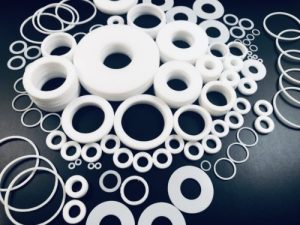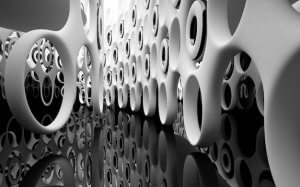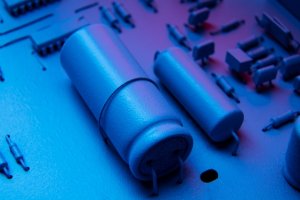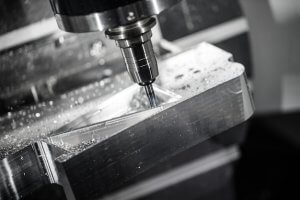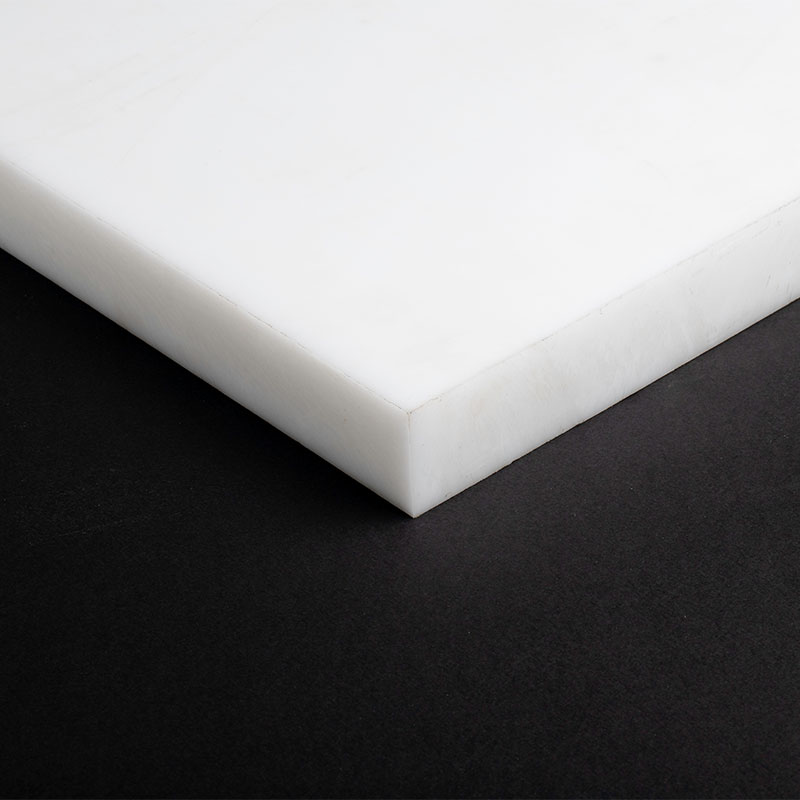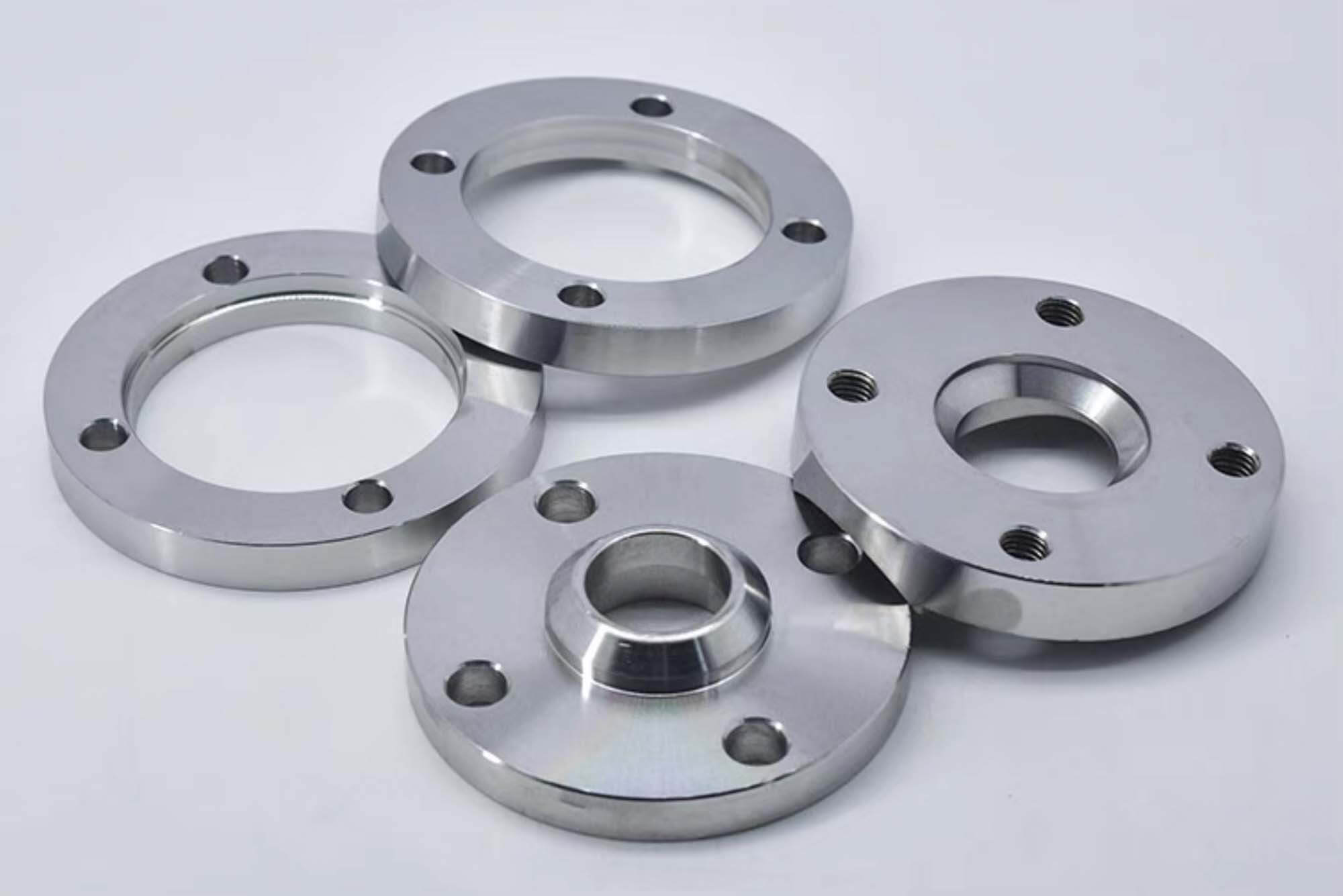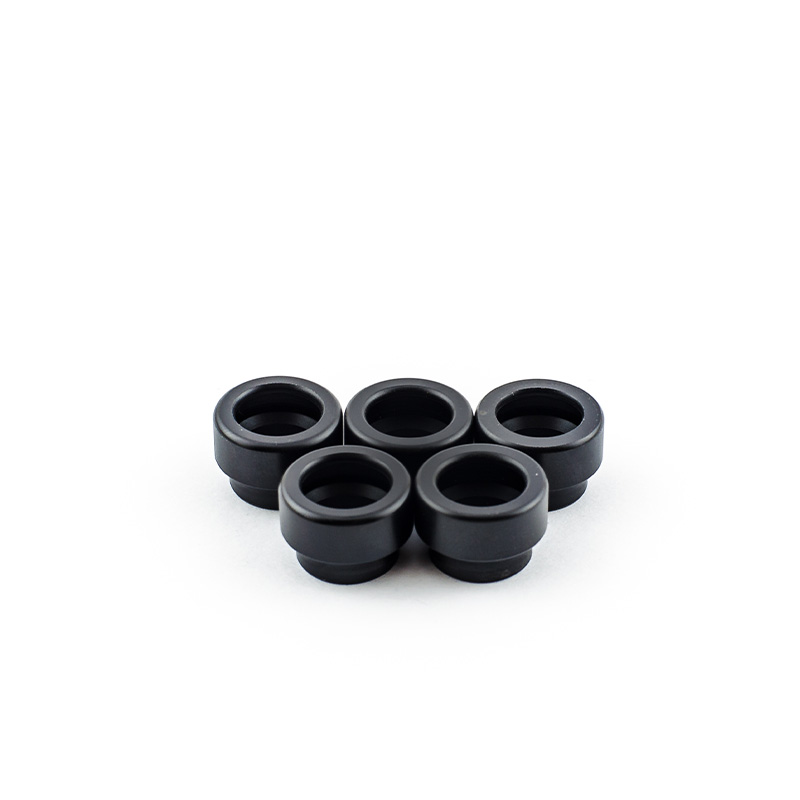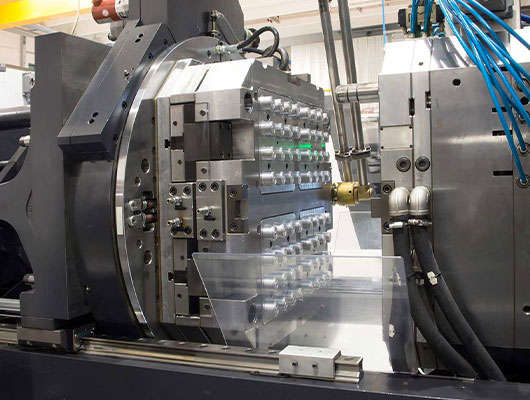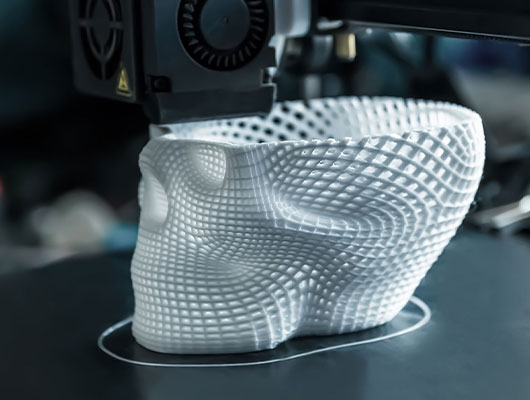About PVC
PVC, also known as polyvinyl chloride, enjoys widespread usage as a thermoplastic material renowned for its remarkable mechanical and chemical properties. Its versatility has made it a sought-after option for numerous CNC machining applications. With its lightweight composition, durability, and impressive electrical insulation capabilities, PVC has found a home in various industries such as construction, automotive, and medical.
In CNC machining, PVC stands out for its ease of handling. Thanks to its low melting point and high machinability, working with PVC becomes a breeze. The material lends itself readily to cutting, drilling, and shaping intricate designs, thereby making it an optimal choice for producing prototypes, fixtures, and small production runs.
Nevertheless, it is crucial to acknowledge the potential hazards associated with PVC. When subjected to heat or machining, this plastic material can emit harmful fumes. Hence, it becomes imperative to exercise appropriate safety precautions when engaging with PVC. By observing due diligence, one can navigate these concerns effectively.
All in all, PVC proves to be an outstanding material for CNC machining. Its versatility and affordability contribute to its enduring popularity in the manufacturing industry. As long as safety measures are diligently followed, PVC’s commendable attributes will continue to make it a favored option for those in need of quality CNC machined products.





